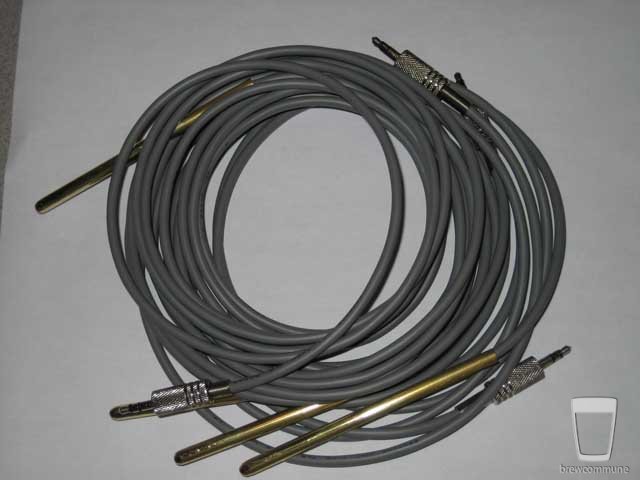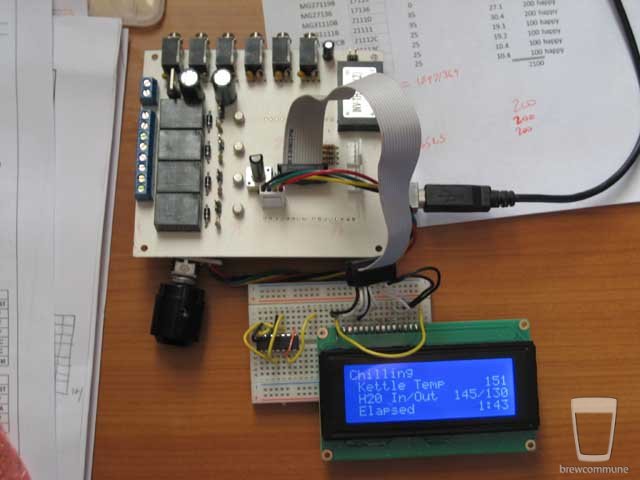Welp....
Looks like some more engineering is in order.... When the Direct Spark Ignition module sparks, it scrambles the Arduino. I haven't grounded the frame which might help, but I think I might have to go with a pilot light system instead of the DSI modules.... The Arduino has to be about 6' from the DSI module. I disconnected the DSI and directly controlled the valve and there was no problem.
Hopefully the pump doesn't do the same thing. It's isolated with a relay but so is the DSI.
:x
Looks like some more engineering is in order.... When the Direct Spark Ignition module sparks, it scrambles the Arduino. I haven't grounded the frame which might help, but I think I might have to go with a pilot light system instead of the DSI modules.... The Arduino has to be about 6' from the DSI module. I disconnected the DSI and directly controlled the valve and there was no problem.
Hopefully the pump doesn't do the same thing. It's isolated with a relay but so is the DSI.
:x





